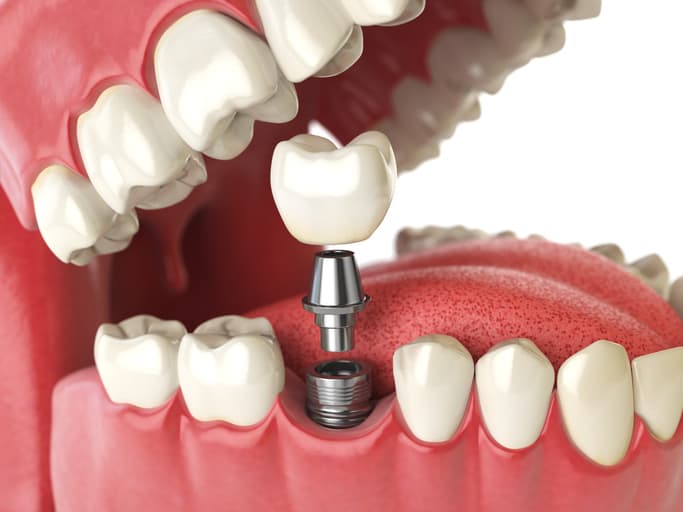Bone augmentation becomes beneficial when you have missing teeth from injury and trauma. Katy bone grafting offers an effective solution to restore bone loss and promote bone regeneration. Your dentist will choose the appropriate grafting material that will help you achieve maximum results. Bone grafts give the jaw a chance at better health as your bones grow again around the grafting material. Recovery will be comfortable despite the discomfort you may face, but you have a better chance with bone grafts.
Who Needs Dental Bone Grafts?
You may require a dental bone graft when you want to add the volume of your jaws after developing bone loss. Bone loss may occur after trauma, injury, genetic defects, aging, and untreated, periodontal diseases. Additionally, your dentist may recommend bone grafting if you undergo dental implant procedures and have bone loss affecting your teeth and gums.
Are There Sources of Dental Bone Grafts?
Your doctor may use different sources to acquire the needed dental bone graft. Firstly, your doctor may use an autograft that uses bone from your own body. Secondly, an allograft from a cadaver bone can apply during treatment. Allografts are effective because of their high processing and preservation to keep them from infections. Your doctor may also use alloplastic, synthetic materials for grafting for dental procedures. Lastly, you may need xenografts from other species, like a cow.
How Do You Prepare for a Dental Bone Graft Procedure?
Before your dentist can take you into treatment, you will need guidelines on preparing for the procedure. Your doctor may recommend avoiding food and drinks 12 hours before treatment. You will also get recommendations on the medications you can avoid before treatment to lower your risk of bleeding during and after surgery. Lastly, you can make arrangements on who can help you get home after the procedure because you may still have the effects of anesthesia wearing off.
What Happens During a Dental Bone Graft?
Your dentist will administer local anesthesia and IV sedation to help you relax and stay calm during the surgery. You will then undergo sourcing of the bone needed for grafting and may also perform teeth extraction if you need one. Your dentist then cleans the treatment area, then makes a cut in your gums for separation and visibility of where the grafting will go. Your surgeon inserts the grafting material into the bone and sutures the area. You may need plates, wires, and screws to help hold your tissues together and then allow you to heal.
How Long Will Recovery Take?
You may experience pain and discomfort, which you can eliminate using ice packs to reduce swelling. Pain will disappear after a week, and your jaw may feel normal weeks later.
You can benefit from dental bone grafting at Dr. John Freeman if you think reversing your damage will be restorative. Your dentist will ensure you get the necessary help to improve your teeth and prevent further bone loss. Visit the facility today. You can also schedule an online appointment if you wish to start treatment.







